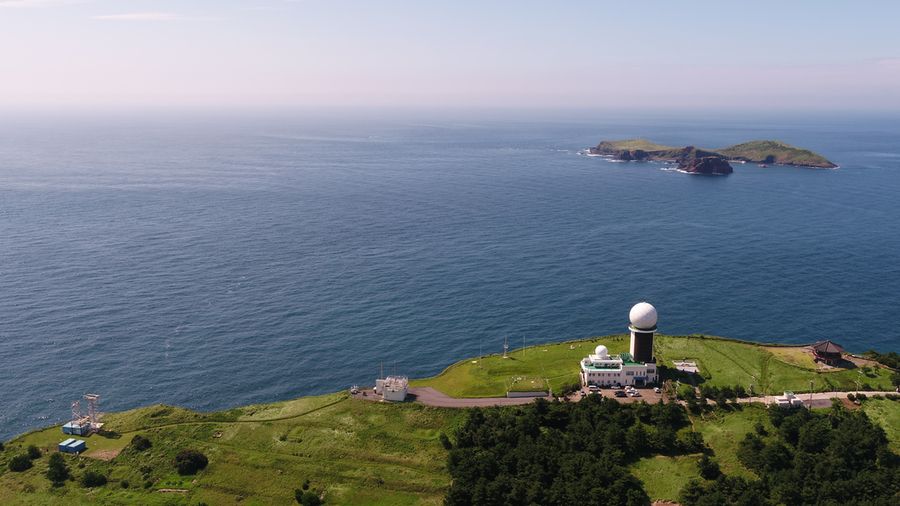By Dan Sarkar, Third Year, Chemistry
Two studies, published this month by climate researchers from the University of Bristol and Massachusetts Institute of Technology (MIT), confirm that global emissions of a potent greenhouse gas are now back on the decline.
This greenhouse gas, part of a group of substances called chlorofluorocarbons (CFCs), has a greenhouse potential that is 16,400 times higher than carbon dioxide when measured over a 500-year period. This is due to their ability to damage the Earth’s ozone layer, which shields us from harmful solar radiation. Just one CFC molecule can destroy over 100,000 ozone molecules. Their frequent use in the past has led to the creation of a hole in the ozone layer that is 2.5 times larger than the United States.

Becoming popular in the 1960s due to being inflammable and non-toxic to humans, CFCs were found ubiquitously in aerosols, refrigerators and insulation foams. However, after their destructive properties were discovered, their production and use was banned by the United Nations. A treaty, called the Montreal Protocol, was then signed by 197 countries, and has since received many amendments accounting for newer ozone-depleting substances that were discovered.
Although this treaty has led to CFCs being virtually unused today, in 2018 scientists from the National Oceanic and Atmospheric Administration (NOAA) discovered an increase in CFC emissions. This shock resurgence was indicated to have begun in 2013 and led them to believe that a particular type of CFC is back in production.
This shock resurgence led them to believe that a particular type of CFC is back in production
Dr Steve Monika from the NOAA explained that, ‘We noticed the concentration of CFC-11 had declined more slowly since 2013 than predicted, clearly indicating an upturn in emissions. The results suggested that some of the increase was from eastern Asia.’
MIT’s Professor Ron Prinn, co-author of both studies, explained that they were able to pinpoint the location of these emissions using ‘the measurements from monitoring stations that detect polluted air from nearby regions. Using data from Korean and Japanese stations, it appeared around half of the increase in global emissions originated from parts of eastern China.’

It was subsequently uncovered that CFC-11 was being used to manufacture insulating foams in China. Chinese authorities took notice, and at further meetings involving the Montreal Protocol in 2018 and 2019, they confirmed some banned ozone depleting substances were identified during factory inspections.
However, the Chinese authorities claimed that the amount of those CFCs found, were very small relative to those inferred from the atmospheric data. They were also said to have arrested those involved, along with demolishing the production facilities and seizing any unused gas.
Chinese authorities claimed that the amount of those CFCs found, were very small relative to those inferred from the atmospheric data
An international group of atmospheric scientists, including researchers from the University of Bristol, have continued to closely monitor levels of these CFCs. Using atmospheric models to simulate how CFCs are transported through the atmosphere, they were able to use global data to work out the reduction in emissions over the past two years.
According to Professor Matt Rigby, from the University of Bristol: ‘At both scales, the findings were striking; emissions had dropped by thousands of tonnes per year between 2017 and 2019. In fact, we estimate this recent decline is comparable or even greater than the original increase, which is a remarkable turnaround.’

The findings suggest the rapid action in eastern China and other regions of the world has likely sped up the recovery of the ozone layer – a process which can take decades. However, any unreported production will still have a lingering environmental impact.
Professor Rigby added: ‘Even if the new production associated with the emissions from eastern China, and other regions of the world, has now stopped, it is likely only part of the total CFC-11 that was made has been released to the atmosphere so far. The rest may still be sitting in foams in buildings and appliances and will seep out into the air over the coming decades.’
£10 million invested to guide the UK into a greener future
Scientists discover microorganisms that exacerbate greenhouse gas emissions from thawing permafrost
Since the CFC emissions originating in eastern China could not fully account for the entire global emissions increase reported, there have been calls to enhance international efforts to track and trace any future emitting regions. Holding countries and their respective governments accountable for producing ozone-depleting substances is of paramount importance.
With the world pledging to limit rising temperatures to just 1.5 degrees Celsius by 2050, we must do all we can to mitigate any unnecessary greenhouse gas emissions.
Featured Image: Unsplash / Stephan Leonardi
If CFCs can be brought under control, why can't the same be done for other greenhouse gases?







